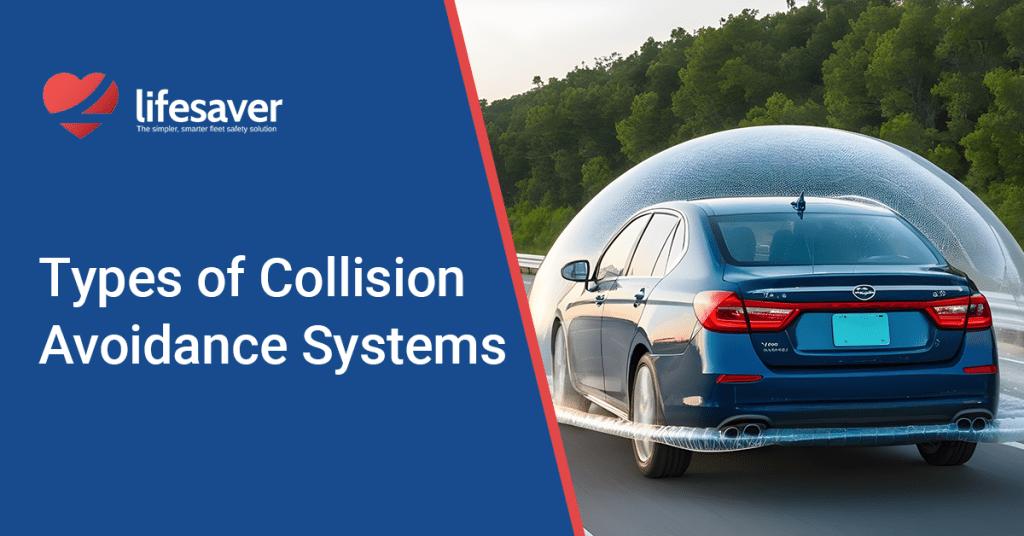Millions of dollars and significant effort go into fleet safety technology and training. However, vehicle crashes continue to rise, insurance rates continue to go up, driver distraction is at an all time high, and commercial auto insurers still struggle for profitability. Fleets struggle with a worsening insurance picture every year.
In an effort to correct this negative trend, technology has evolved over time from merely identifying risky driving, to real-time audio feedback to drivers to correct risky situations, to collision avoidance systems aimed at stopping the risky behavior altogether. In other words, fleet safety technologies can be categorized into 3 primary approaches:
- Measure & Coach: You can measure and report the driver’s behavior with the goal of coaching them to improvement
- Warn: You can warn drivers when they are driving in a risky fashion with the goal that the driver self-corrects the behavior in real-time
- Prevent: You can use technology that stops the possibility of the risky behavior from happening in the first place.
The Two Primary Types of Collision Avoidance Systems
Collision Avoidance Systems are defined as technologies “designed to prevent or reduce the severity of a collision.” Road safety experts typically put Collision Avoidance Systems into 2 categories: (1) collision warning systems and (2) automatic collision avoidance systems.
True to its name, collision warning systems warn the driver without “acting on behalf” of the driver, such as the following:
- Forward collision warning: Driver receives audio or beeping warning when vehicle speed and following distance indicate potential for collision
- Blind spot warning: Driver receives audio or beeping warning when another vehicle is in the blind spot
- Lane departure warning: Driver receives audio or beeping warning when the vehicle is changing lanes unsafely or without a turn signal
- Cross traffic warning: Driver receives audio or beeping warning when cross traffic could result in an accident
- Pedestrian/Bicyclist warning: Driver receives audio or beeping warning when a person or bicycle is in the path of the driver’s vehicle
Automatic collision avoidance systems take another step forward in sophistication, simultaneously lessening the possibility of an accident and eliminating the need for more focused training of drivers. This type of collision avoidance technology “acts on behalf” of the driver, intervening when the driving situation demands it. There is no dependence on driver involvement as the technology acts on its own on behalf of the driver. Examples of auto-correction systems include:
- Automatic Emergency Braking: Vehicle senses speed and following distance and automatically brakes without driver involvement
- Adaptive Cruise Control: Vehicle maintains following distance and pre-set speed
- Electronic Stability Control: Vehicle adjusts braking to wheels based on optimal speed reduction
- Cell Phone Distraction Avoidance: Driver is restricted from unsafe use of cell phone while driving
- Parking Assist: Vehicle automatically manages maneuvering associated with parallel parking
- Lane Departure Correction: Vehicle corrects lane position if unsafe lane change is noticed or turn signal is not used
- Rear Automatic Braking: Vehicle applies brakes if unsafe rear cross traffic is noticed while backing
While auto-correction systems sound like the best of all worlds, the challenge is that many of these technologies are only available if you purchase the vehicle with the technology pre-installed in the vehicle from the factory. In other words, it’s expensive and impractical to purchase most of these technologies as an after-market addition.
There is one exception: mobile device distraction technology. Think about it. This type of technology is truly auto-correcting the driver’s risky behavior, and it’s readily available as an after-market purchase. In fact, if you scan the list above, it’s probably the only true after market collision avoidance system you can purchase for your existing fleet! Given that mobile device distraction is involved in 57% of all vehicle crashes, this auto-correction technology is not only practical as an after-market solution, but it will move the needle on your crashes. Check out our fleet savings calculator to see how much you can save annually by adding this after-market solution to your fleet.
Fewer accidents should be a primary goal of all fleets. Reducing at-fault rear end collisions will have the greatest impact on overall accident rates. A rear end collision is commonly the result of speeding, unsafe following distance, and driver distraction. According to the National Highway Traffic Safety Administration (NHTSA) , over two million motor vehicle accidents in the United States were caused by rear-end collisions in 2017 alone. By using collision avoidance technology that removes the most common causes of rear end collisions, the largest improvement towards a safer driving environment can be achieved.


